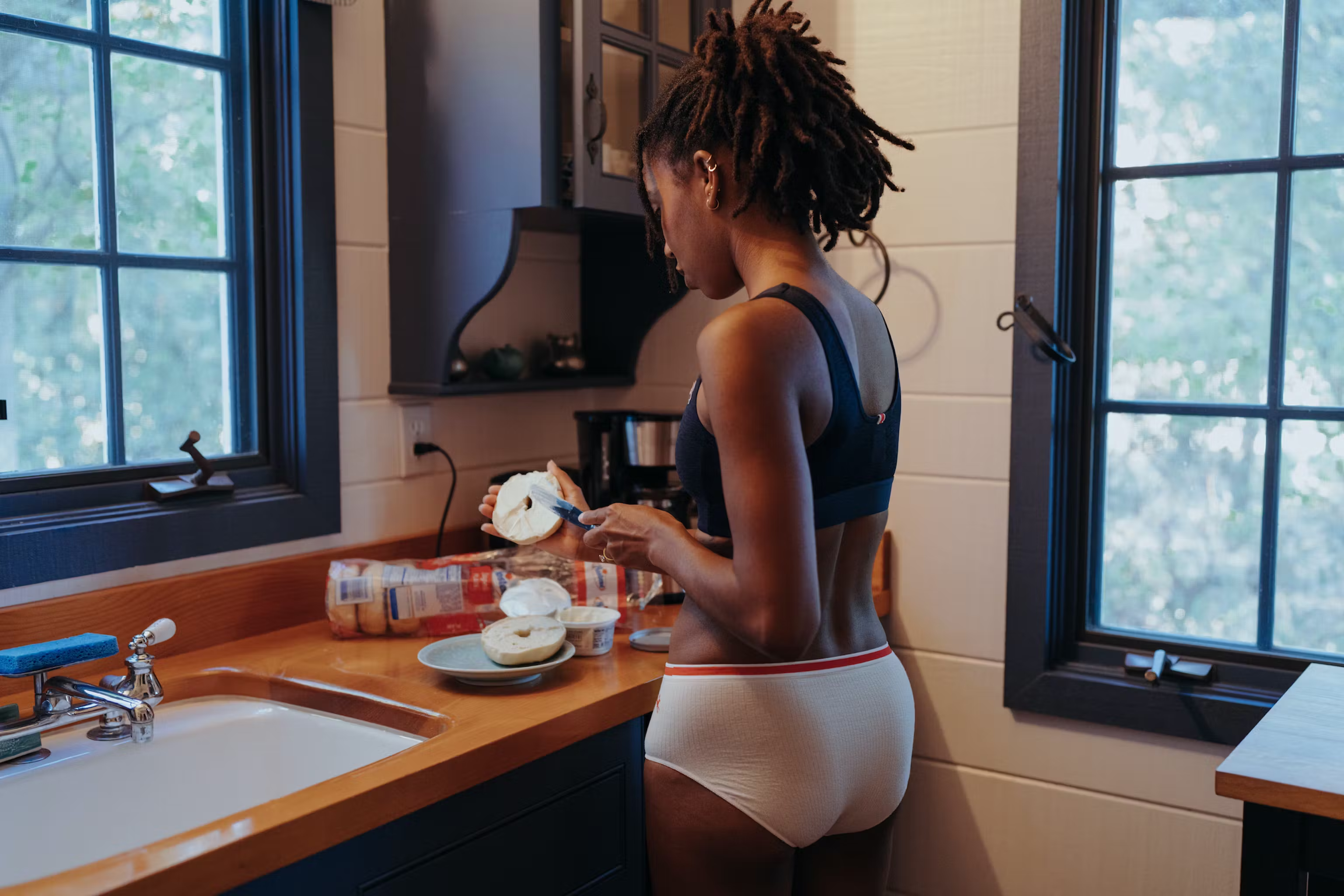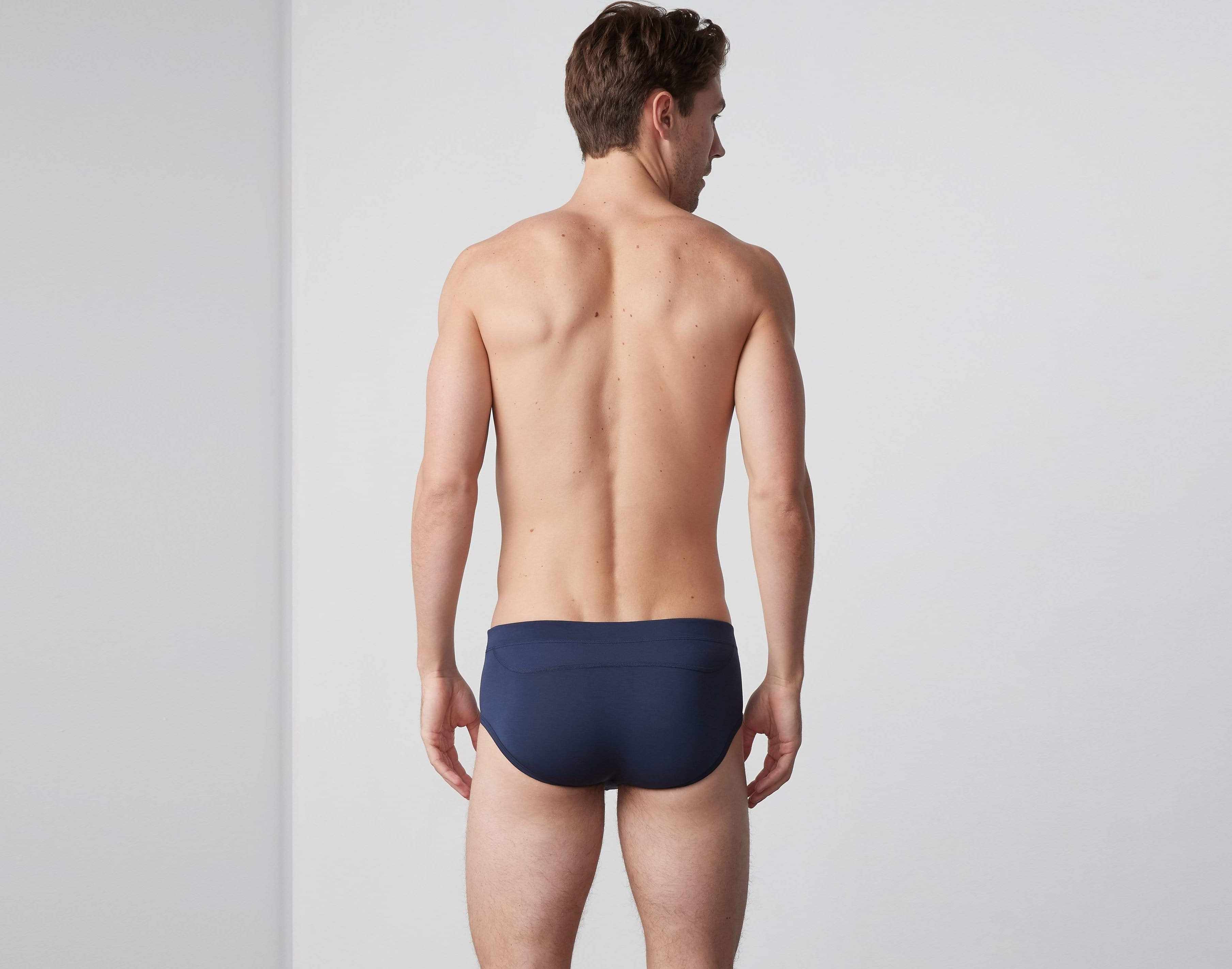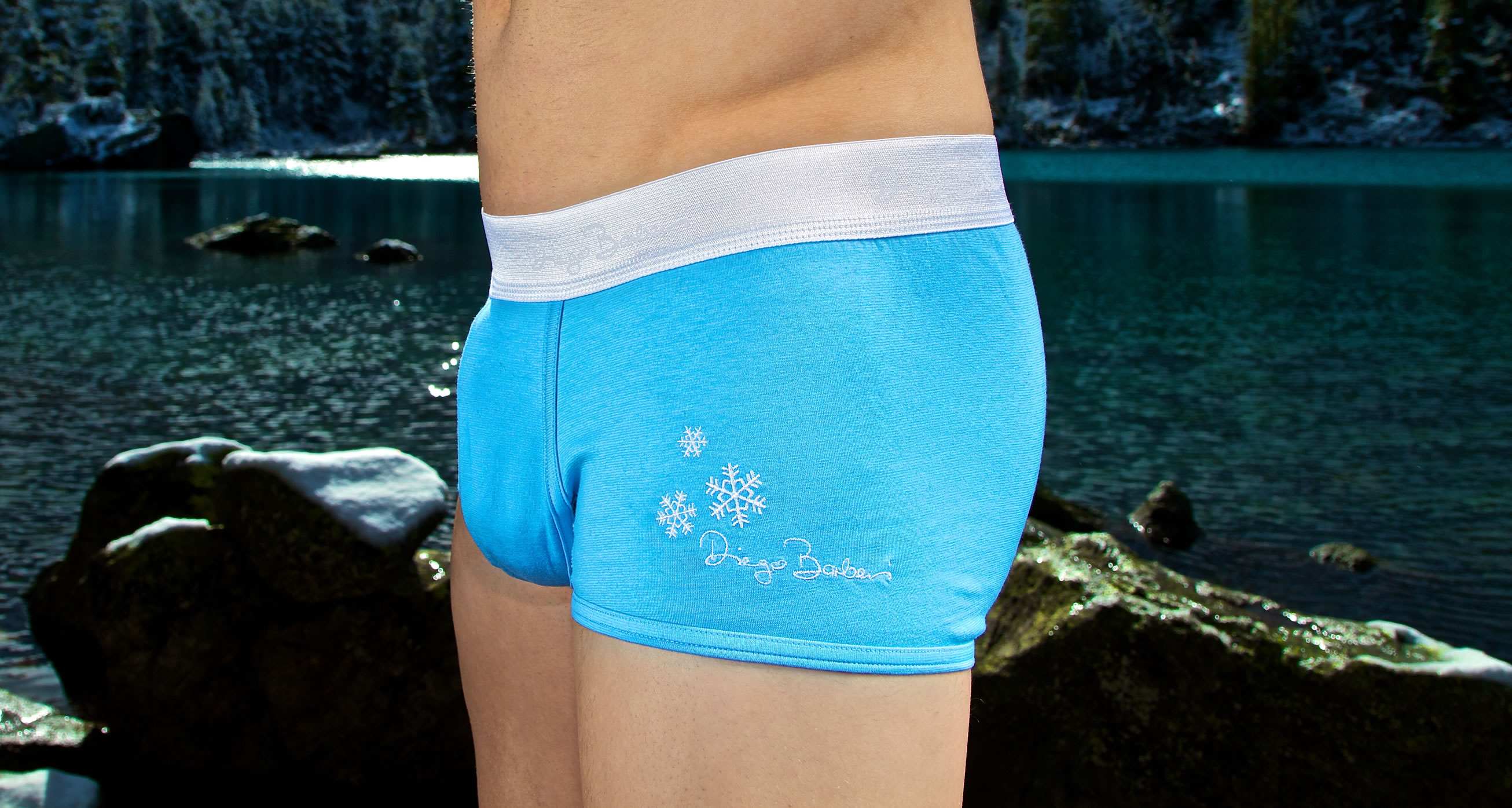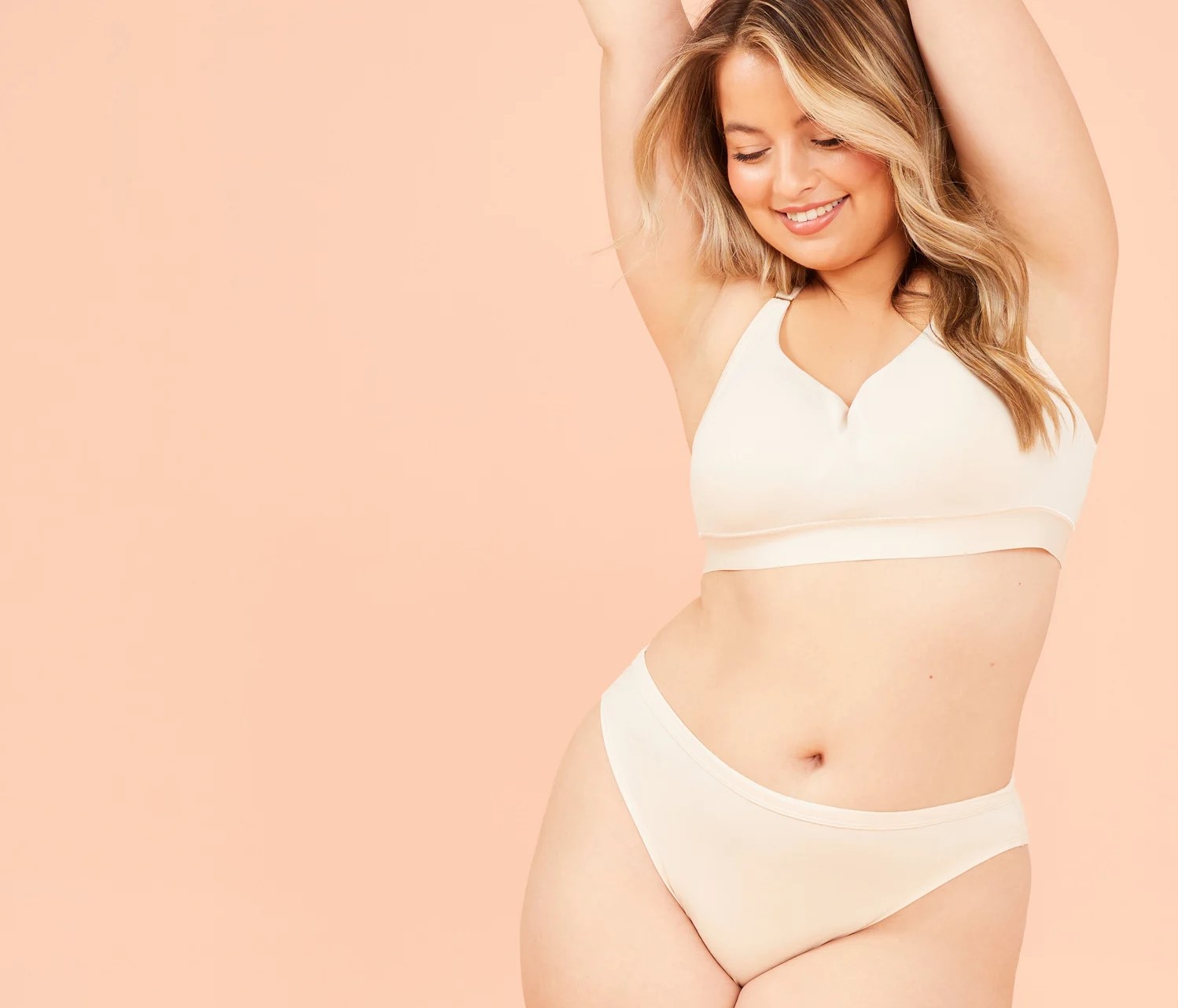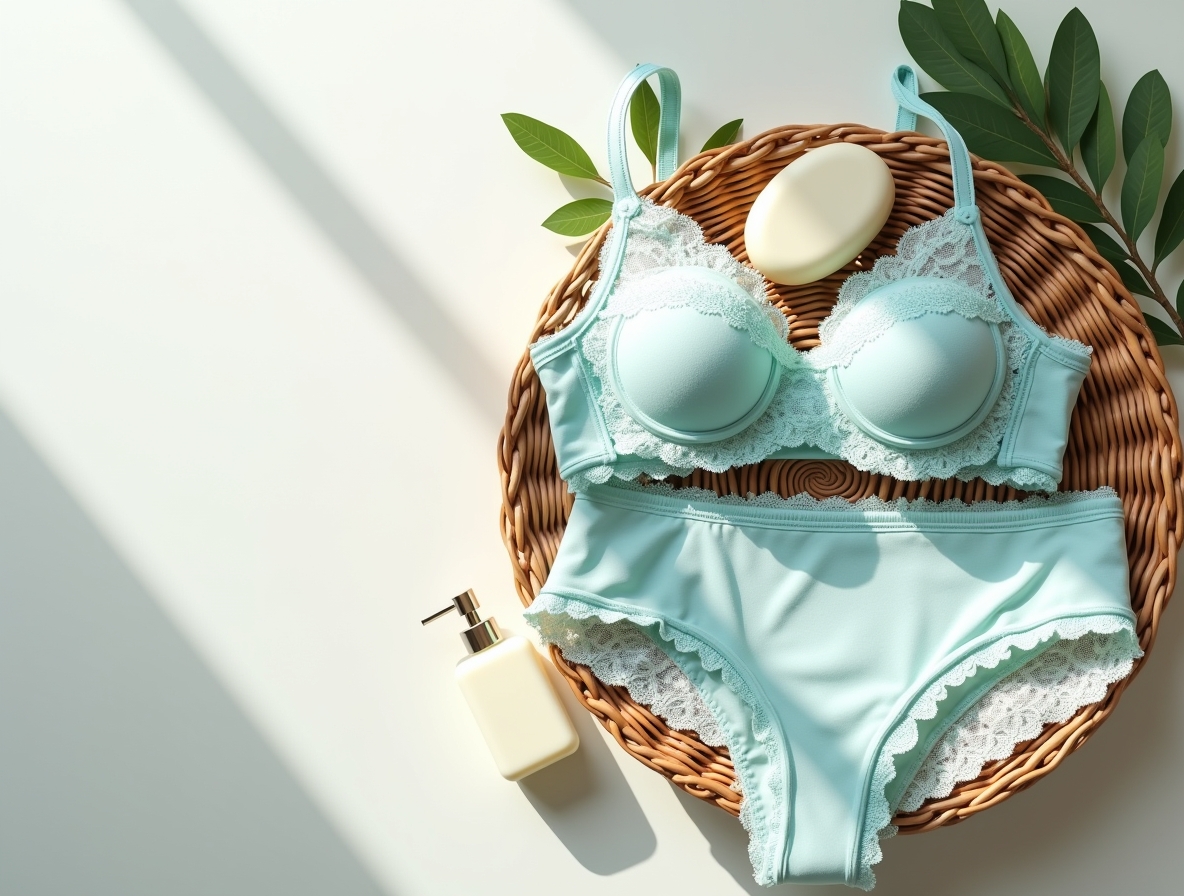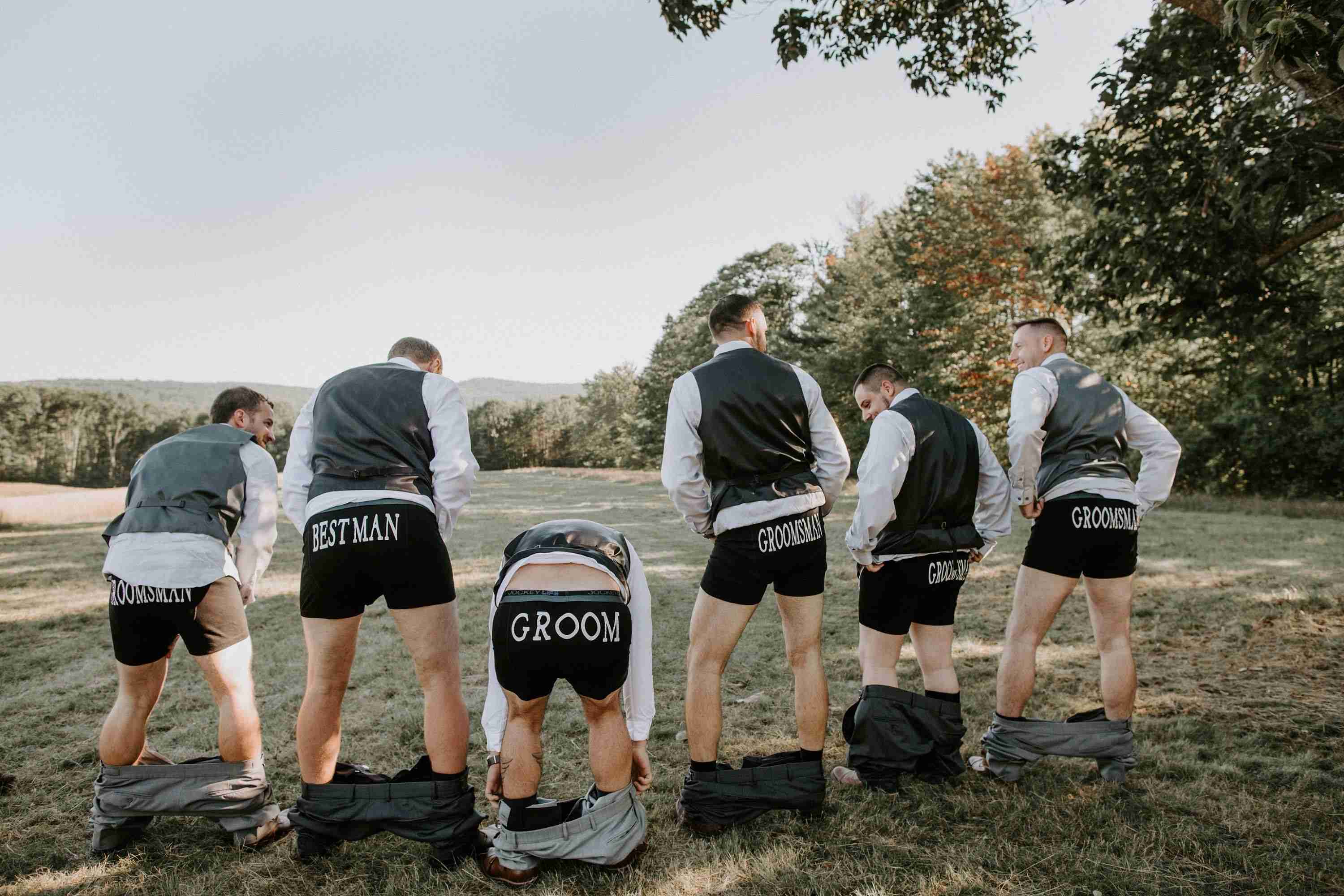Home>Men's Underwear>Briefs>What Is Brief Underwear
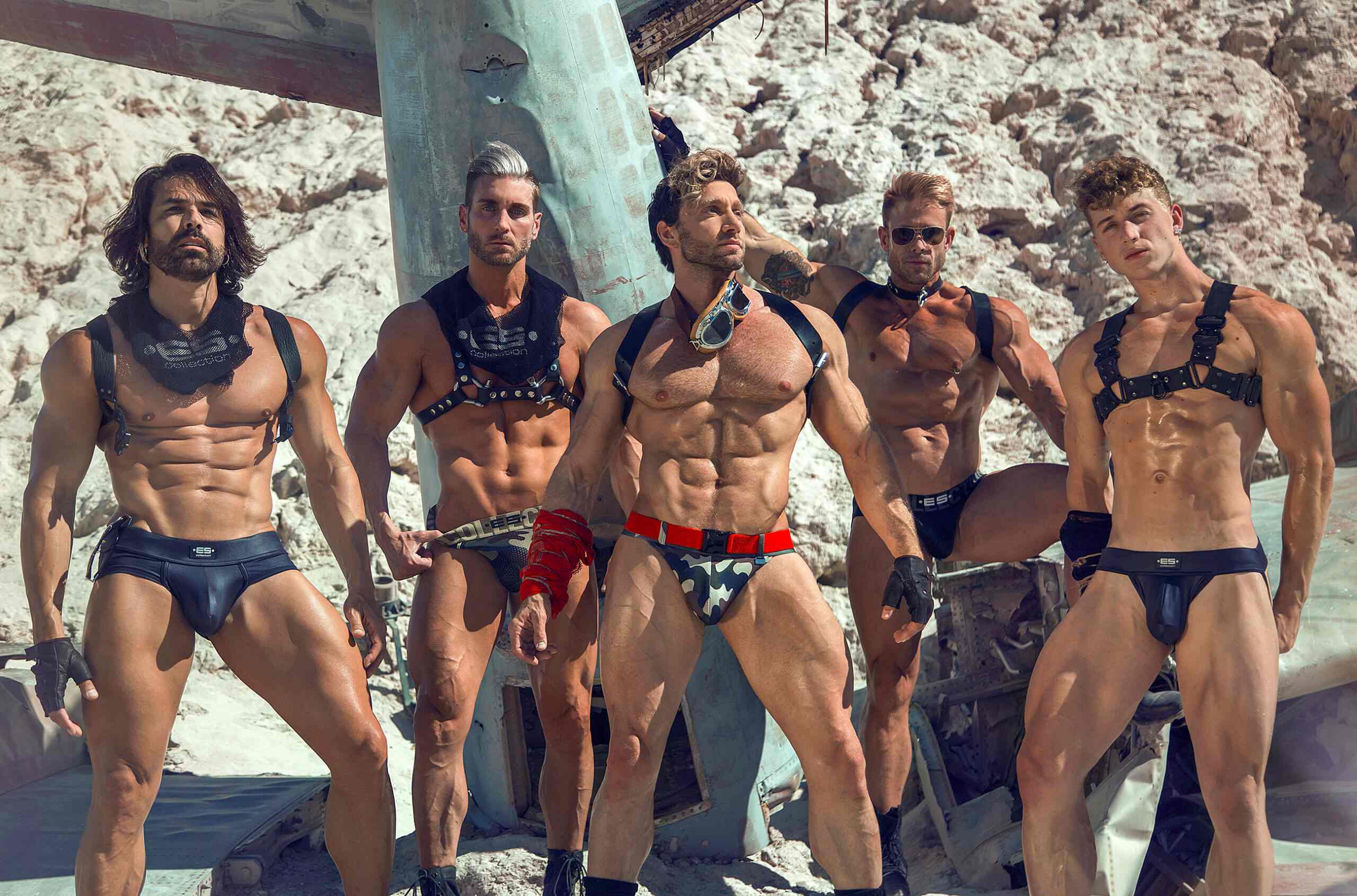

Briefs
What Is Brief Underwear
Modified: August 2, 2023
Discover the comfort and support of brief underwear. Find out what briefs are and why they are a popular choice for men. Shop now for stylish and functional briefs.
(Many of the links in this article redirect to a specific reviewed product. Your purchase of these products through affiliate links helps to generate commission for Under-tec.com, at no extra cost. Learn more)
Table of Contents
Introduction
Brief underwear, also known as ‘briefs’, is a type of undergarment that offers support and comfort for daily wear. It is a popular choice among men and women due to its unique design and functionality. Briefs are characterized by their snug fit, elastic waistband, and full coverage of the hips and buttocks.
Briefs have a long-standing history, with their origins dating back to ancient civilizations. Over the years, they have evolved to meet the changing needs and preferences of individuals. Today, briefs are available in a variety of styles, materials, and colors, catering to different body types and fashion preferences.
In this article, we will explore the world of brief underwear, discussing its definition, benefits, drawbacks, and how to choose the right briefs for your needs. Whether you’re a long-time fan of briefs or considering trying them for the first time, this guide will provide you with valuable insights into this essential undergarment.
Definition of Brief Underwear
Brief underwear, often simply referred to as briefs, is a type of undergarment that is designed to provide support, comfort, and coverage to the lower region of the body. Briefs are typically characterized by their snug fit, elastic waistband, and full coverage of the hips and buttocks.
Unlike other types of underwear, such as boxers or boxer briefs, briefs feature a more streamlined design that hugs the body closely. This close-fitting style ensures that the underwear stays in place throughout the day, reducing the risk of discomfort or shifting during physical activities.
Briefs are available in various lengths, ranging from mid-rise to high-rise options, and may have different leg cuts, such as traditional, low-cut, or bikini-style. Additionally, briefs can be made from a range of fabrics, including cotton, spandex, nylon, and modal, each offering its own unique set of benefits.
Originally designed for men, briefs have become popular among both men and women. They are a versatile underwear option that can be worn for everyday activities, sports, or as an additional layer of support under other clothing items.
While the traditional brief design offers full coverage, there are also modern variations available, such as hipster briefs or tanga briefs, which provide a lower rise and different cut options. These variations cater to different personal preferences and fashion trends.
In summary, brief underwear is a type of undergarment that offers a snug fit, full coverage, and support to the lower region of the body. They are available in various styles, fabrics, and cuts, making them a popular choice for individuals seeking comfort and functionality in their everyday underwear.
Briefs vs. Other Types of Underwear
When it comes to choosing underwear, there are several options available, each with its own unique features and benefits. Briefs stand out from other types of underwear, such as boxers, boxer briefs, and thongs, in terms of coverage, fit, and support.
One of the key differences between briefs and boxers is the level of coverage they provide. Briefs offer full coverage to the hips and buttocks, while boxers have a loose and relaxed fit, providing more freedom of movement but less support. Boxer briefs, on the other hand, combine the snug fit of briefs with the longer leg coverage of boxers, providing a balance of comfort and support.
Thongs, popular among some women, offer a minimal coverage design, often consisting of a thin strip of fabric that passes between the buttocks. Thongs are chosen for their ability to eliminate visible panty lines and provide an invisible look under tight-fitting clothing. However, they lack the level of coverage and support that briefs offer.
Compared to other types of underwear, briefs are known for their snug fit, which helps keep everything in place and prevents excessive movement. This can be especially beneficial during physical activities or when wearing form-fitting clothing. The elastic waistband of briefs also ensures a secure fit, reducing the risk of slipping or bunching up.
In terms of support, briefs excel due to their close-fitting design. The supportive pouch in the front of briefs, particularly in men’s briefs, offers additional support to the genital area, which can be beneficial for athletic activities or for individuals who appreciate extra comfort and security.
It’s important to note that the choice between briefs and other types of underwear ultimately comes down to personal preference and individual needs. Some people may prefer the breathable and loose fit of boxers, while others may prioritize the support and coverage of briefs. There is no one-size-fits-all solution, and it’s always worth trying different underwear styles to find what works best for you.
In summary, briefs differ from other types of underwear in terms of their coverage, fit, and support. While briefs offer full coverage and a snug fit, boxers provide a looser fit, boxer briefs offer a balance between the two, and thongs prioritize minimal coverage. The choice between briefs and other underwear styles is a matter of personal preference and depends on individual needs, comfort, and fashion preferences.
Benefits of Brief Underwear
Brief underwear offers a range of benefits that make it a popular choice for many individuals. Whether you prefer the classic brief design or opt for modern variations, here are some key benefits of wearing briefs:
- Comfort: Briefs provide a snug and supportive fit, allowing for maximum comfort throughout the day. The close-fitting design ensures that the underwear stays in place and avoids any uncomfortable shifting or bunching up.
- Support: The supportive pouch in briefs, particularly in men’s briefs, offers additional support to the genital area. This can be beneficial for athletic activities or individuals who prefer extra comfort and security.
- Full Coverage: Briefs offer full coverage to the hips and buttocks, ensuring a modest and secure fit. This makes them an ideal choice for those who prefer more coverage or need an additional layer of support under clothing.
- No Visible Panty Lines: The snug fit of briefs helps to eliminate visible panty lines, making them a great option to wear under tight-fitting clothing. They provide a smooth and seamless look, enhancing the overall aesthetic of your outfit.
- Versatility: Briefs are a versatile underwear choice suitable for various activities and occasions. Whether you’re going about your daily routine, working out at the gym, or dressing up for a special event, briefs offer the comfort and support you need.
- Wide Range of Styles and Materials: Briefs are available in a wide range of styles, from traditional briefs to hipster briefs and tanga briefs. Additionally, they are made from various materials, such as cotton, spandex, nylon, and modal, allowing you to choose the fabric that suits your preferences and needs.
- Durable and Long-lasting: Briefs are known for their durability, making them a long-lasting investment. With proper care, they can withstand regular wear and washing without losing their shape or elasticity.
These benefits make brief underwear a go-to choice for individuals looking for comfort, support, and versatile everyday wear. Whether you prefer a classic brief design or a more contemporary style, briefs offer a range of options to suit different body types, preferences, and fashion trends.
Drawbacks of Brief Underwear
While brief underwear offers numerous advantages, it is important to consider the potential drawbacks as well. Here are some common drawbacks associated with wearing briefs:
- Restricted Airflow: The snug-fit design of briefs may restrict airflow to the genital area, potentially leading to increased moisture and temperature. This can result in discomfort, particularly in hot and humid climates.
- Less Freedom of Movement: The close-fitting nature of briefs may limit freedom of movement compared to other styles of underwear, such as boxers or boxer briefs. This could be a concern for individuals who engage in activities that require a wide range of motion.
- Visible Waistband: The elastic waistband of briefs may be visible under certain clothing items, especially if they have a low-rise or mid-rise design. This can be a consideration for individuals who prefer a more seamless and invisible look.
- Incompatibility with Certain Outfits: Due to the full coverage design of briefs, they may not be suitable for outfits with a low-rise or ultra-low-rise waistline. In such cases, alternate underwear styles, like hipster briefs or thongs, might be more appropriate.
- Personal Preference: Underwear preferences are subjective, and what works for one person may not work for another. Some individuals simply may not feel comfortable in briefs and may prefer the looser fit of boxers or the minimal coverage of thongs.
It’s important to note that these drawbacks may not apply to everyone, and some individuals may not experience any of these issues when wearing briefs. Additionally, advancements in fabric technology have led to the development of moisture-wicking and breathable materials, which can help mitigate some of these concerns.
Ultimately, the choice between briefs and other types of underwear depends on personal preference, comfort, and individual needs. It’s a good idea to try different styles and materials to find the underwear that suits your body type, lifestyle, and fashion preferences the best.
Choosing the Right Brief Underwear
When it comes to choosing the right brief underwear, there are a few factors to consider to ensure maximum comfort, support, and satisfaction. Here are some tips to help you make the best choice:
- Size and Fit: Selecting the right size is crucial for optimal comfort and support. Refer to the manufacturer’s size chart and measure your waist and hips to determine the appropriate size. Consider the level of snugness you prefer – some individuals may prefer a tighter fit, while others may opt for a slightly looser feel.
- Material: Consider the fabric composition of the briefs. Cotton briefs are breathable and comfortable, while fabrics like spandex or nylon offer stretch and flexibility. Modal briefs are silky smooth and moisture-wicking. Choose a material that suits your personal preferences, climate, and lifestyle.
- Style and Cut: Briefs are available in various styles and cuts, ranging from traditional high-rise to low-rise and bikini styles. Consider your desired level of coverage and the types of outfits you typically wear. Ensure that the leg openings provide a comfortable fit without digging into the skin.
- Support: Look for briefs that offer adequate support, particularly in the pouch area for men’s briefs. The support should be comfortable without causing any restriction or discomfort. Consider features like a supportive contoured pouch or reinforced seams for added support.
- Quality: Opt for high-quality briefs that are made to last. Check the construction and stitching to ensure durability. Pay attention to customer reviews and brand reputation when making a purchase to ensure you’re investing in a reliable and long-lasting product.
- Personal Preference: Ultimately, choose briefs that align with your personal preferences and needs. Consider factors such as colors, patterns, and additional features like moisture-wicking or odor-control properties. Prioritize your comfort and choose briefs that make you feel confident and at ease.
Remember that everyone’s preferences and body types are unique, so what works for someone else may not work for you. It may be helpful to try different brands and styles to find the perfect fit and design that suits your individual needs and preferences.
By considering these factors and taking the time to find the right brief underwear, you can ensure a comfortable and supportive undergarment that meets your specific requirements.
Materials Used in Brief Underwear
Brief underwear is made from a variety of materials, each with its own unique properties and benefits. The choice of material affects the comfort, breathability, stretch, and durability of the underwear. Here are some common materials used in the production of briefs:
- Cotton: Cotton is a popular choice for briefs due to its softness, breathability, and hypoallergenic properties. It is highly absorbent and allows air circulation, making it suitable for everyday wear. Cotton briefs are comfortable and gentle on the skin, providing a natural feel.
- Spandex: Briefs that contain spandex or elastane offer excellent stretch and flexibility. Spandex helps the underwear retain its shape and ensures a snug fit. This material is commonly blended with other fabrics to provide added stretch and improve freedom of movement.
- Nylon: Nylon is a synthetic fabric known for its durability and moisture-wicking properties. It dries quickly and is resistant to shrinkage and wrinkles, making it suitable for athletic activities. Nylon briefs are lightweight, smooth, and offer a sleek look under clothing.
- Modal: Modal is a semi-synthetic fabric made from natural materials like beech tree pulp. It is known for its luxurious softness and breathability. Modal briefs have a silky texture, excellent moisture absorption, and are resistant to shrinking and fading.
- Polyester: Polyester is a synthetic fabric that offers durability and moisture-wicking properties. It is resistant to wrinkles, shrinking, and fading, making polyester briefs long-lasting. However, some individuals may find it less breathable than other materials.
- Bamboo: Bamboo fabric is becoming increasingly popular for its eco-friendliness and softness. It is naturally hypoallergenic, moisture-wicking, and offers antimicrobial properties. Bamboo briefs are breathable and suitable for individuals with sensitive skin.
- Microfiber: Microfiber is a synthetic fabric known for its ultra-soft texture and excellent moisture-wicking capabilities. It is often blended with other fabrics like nylon or spandex to create comfortable and breathable briefs. Microfiber briefs provide a silky smooth feel against the skin.
When choosing brief underwear, consider the material that best suits your needs and preferences. Factors such as comfort, breathability, moisture-wicking capabilities, and durability can all vary based on the fabric composition. It’s also important to check the care instructions for each material to maintain the quality and longevity of your briefs.
Remember that everyone’s preferences are unique, so you may want to try different materials to find the one that meets your specific requirements for comfort, support, and overall feel.
Different Styles of Brief Underwear
Brief underwear comes in a variety of styles, offering options to suit different body types, preferences, and fashion trends. Whether you prefer the classic brief design or opt for a more modern variation, here are some of the different styles of brief underwear:
- Traditional Briefs: Traditional briefs feature a full-rise waistband and offer full coverage to the hips and buttocks. They have a classic, timeless design that provides a snug and supportive fit.
- Low-Rise Briefs: Low-rise briefs have a lower waistband, sitting below the natural waistline. This style is ideal for individuals who prefer a more contemporary look or need underwear that won’t show above their pants or jeans.
- High-Cut Briefs: High-cut briefs have a higher leg opening, creating a flattering and elongating effect for the legs. They offer full coverage to the hips and buttocks while providing a more modern and fashionable look.
- Bikini Briefs: Bikini briefs have a lower rise and a narrower waistband compared to traditional briefs. They provide less coverage on the sides and back, giving a slightly skimpier appearance. Bikini briefs are a popular choice for those who want a balance between comfort and a sexy look.
- Tanga Briefs: Tanga briefs are similar to bikini briefs but have narrower side straps that sit higher on the hips. They offer less coverage than traditional briefs but provide more than a thong. Tanga briefs are known for their flirty and feminine style.
- Hipster Briefs: Hipster briefs sit lower on the hips and have a wider waistband for added comfort. They offer moderate coverage to the hips and buttocks and are often designed with fashionable patterns or details.
These are just a few examples of the different styles of brief underwear available. It’s important to consider your personal preference, body type, and the occasions you plan to wear the briefs for when choosing the right style. Experimenting with different styles can help you find the one that provides the desired level of comfort, coverage, and fashion appeal.
Remember, individual preferences and trends can change over time, so it’s always worth exploring different styles to discover what works best for you. Whether you prefer a classic, full-coverage brief or a more contemporary and revealing design, there is a style of brief underwear that will suit your needs and personal style.
Conclusion
Brief underwear, with its snug fit, supportive design, and full coverage, continues to be a popular choice for individuals seeking comfort, functionality, and style in their undergarments. Whether you prefer the classic brief design or opt for modern variations like low-rise briefs or tanga briefs, the wide range of styles and materials available ensure that there is a brief underwear option to suit every body type, preference, and fashion trend.
Throughout this article, we have explored the definition of brief underwear, compared them to other types of underwear, discussed their benefits, drawbacks, and provided tips for choosing the right pair. Briefs offer several benefits, including comfort, support, full coverage, and discretion with no visible panty lines. However, there are also a few potential drawbacks, such as restricted airflow and limited freedom of movement, depending on personal preference and needs.
When selecting brief underwear, it is important to consider factors such as size and fit, materials used, style and cut, support, quality, and personal preference. By taking these factors into account, you can find the briefs that provide the desired level of comfort, support, and style for your individual needs.
Whether you wear briefs for everyday activities, athletic pursuits, or as an additional layer of support under other clothing items, they serve as a versatile and reliable undergarment. From cotton for breathability to spandex for stretch and flexibility, briefs are made from various materials to cater to different preferences and climates.
In conclusion, brief underwear offers a comfortable, supportive, and stylish option for both men and women. With a wide range of styles, materials, and cuts to choose from, briefs continue to adapt and evolve to meet the changing needs and fashion trends of individuals. By understanding the different options available and considering personal preferences, everyone can find the perfect pair of briefs that provides comfort, support, and confidence day in and day out.

